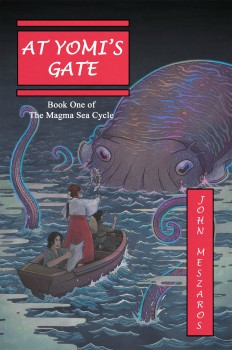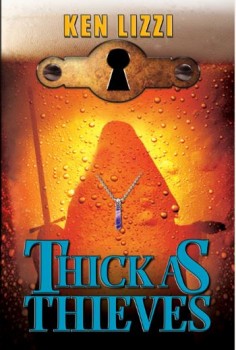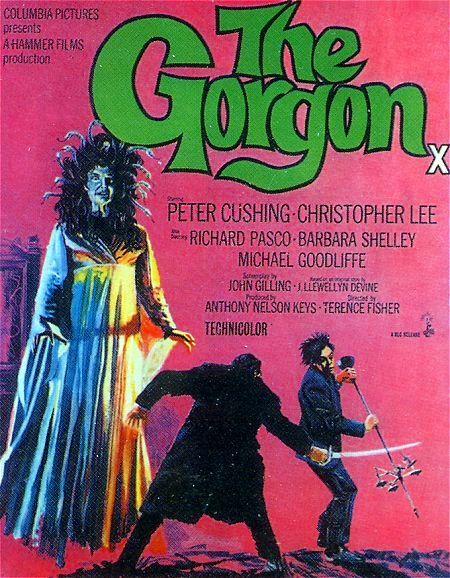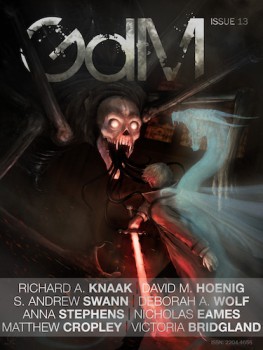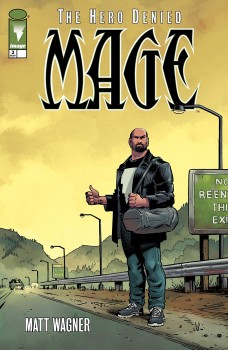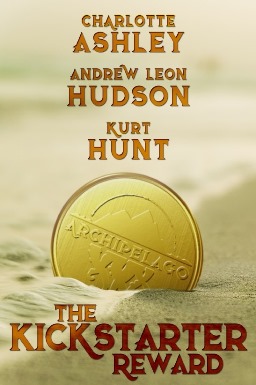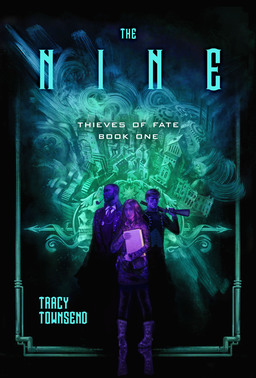A Tale from the Archonate: A Wizard’s Henchman by Matthew Hughes
![a-wizard-s-henchman-hardcover-by-matthew-hughes-[3]-3997-p](https://www.blackgate.com/wp-content/uploads/2017/11/a-wizard-s-henchman-hardcover-by-matthew-hughes-3-3997-p-251x350.jpg) I hate Matthew Hughes’ book, A Wizard’s Henchman (2016). Not for the wonderfully complicated cosmogony of its universe; not for the ease with which it slips between dark humor and nightmarish horror; not for its uber-compentent, sympathetic hero, Kaslo. No, I hate it because, although it’s the first volume in a new series, it turns out it’s also a culmination of sorts for Hughes’ long-running Archonate series, and I didn’t know that going in. I had no idea until well into AWH that it serves as a major hinge point in his fictional universe, where one type of reality is supplanted by an entirely different one. Now, if I limit myself to the expoits of master discriminator Henghis Hapthorn, I have three novels and a collection of short stories to read. If I don’t limit myself, there’s another ten books to add to the list.
I hate Matthew Hughes’ book, A Wizard’s Henchman (2016). Not for the wonderfully complicated cosmogony of its universe; not for the ease with which it slips between dark humor and nightmarish horror; not for its uber-compentent, sympathetic hero, Kaslo. No, I hate it because, although it’s the first volume in a new series, it turns out it’s also a culmination of sorts for Hughes’ long-running Archonate series, and I didn’t know that going in. I had no idea until well into AWH that it serves as a major hinge point in his fictional universe, where one type of reality is supplanted by an entirely different one. Now, if I limit myself to the expoits of master discriminator Henghis Hapthorn, I have three novels and a collection of short stories to read. If I don’t limit myself, there’s another ten books to add to the list.
Obviously, I don’t hate A Wizard’s Henchman. In fact, I love it — for all the reasons I mention above and more. Many comparisons have been made between Hughes and Jack Vance, even by Hughes himself (where he describes the Archonate’s explicitly Vance-inspired origins). On the surface, it’s easy to see similarities in the two authors’ works: a love of rarely-used words; sly humor; non-stop inventiveness harnessed to creating oddball societies ruled by idiosyncratic rules and rulers; etc. Hughes, though, is no mere mimic. Like Michael Shea and Neal Barrett Jr., Hughes clearly carries a torch for Vance, but it does not outshine his own talent, originality, and powerful instincts as a creator of captivating stories and great originality.
Up until now, most of the Archonate stories have occurred in Earth’s stellar arm among thousands of settled worlds, collectively called the Spray. Apparently, (SOMETHING I WOULD HAVE KNOWN IF I’D READ ANY OF THE OTHER BOOKS FIRST) one of the central conceits in the series is that magic is staging a universal comeback, at which point it will completely replace cause-and-effect empiricism. Hughes created the sci-fi version of the Archonate as the last age before that of Jack Vance’s Dying Earth stories. (As a side note, let me say that if you haven’t read them you should be ashamed. Buy them now and read them tonight). In Vance’s books, old Sol is a fading crimson orb illuminating an Earth that’s a long way down the path toward extinction, and where more magic has been forgotten than is even remembered anymore. A Wizard’s Henchman is about the days following the transition of the Universe to a place where sympathetic magic rules everything and the laws of physics have lost much of their sway.
Like a James Bond movie, AWH opens with a mini-adventure. Erm Kaslo, a licensed confidential operative, has arrived on the world of Cheddle to enforce an arrest warrant for Binnie Varshun for defrauding Diomedo Obron. As soon as he meets the local police chief, Kaslo is knocked out, then wakes up in a prison camp. In the aftermath of his escape, Kaslo starts to learn that certain people, his employer, Obron, among them, believe the Universe was once run by magic and is about to be again.
